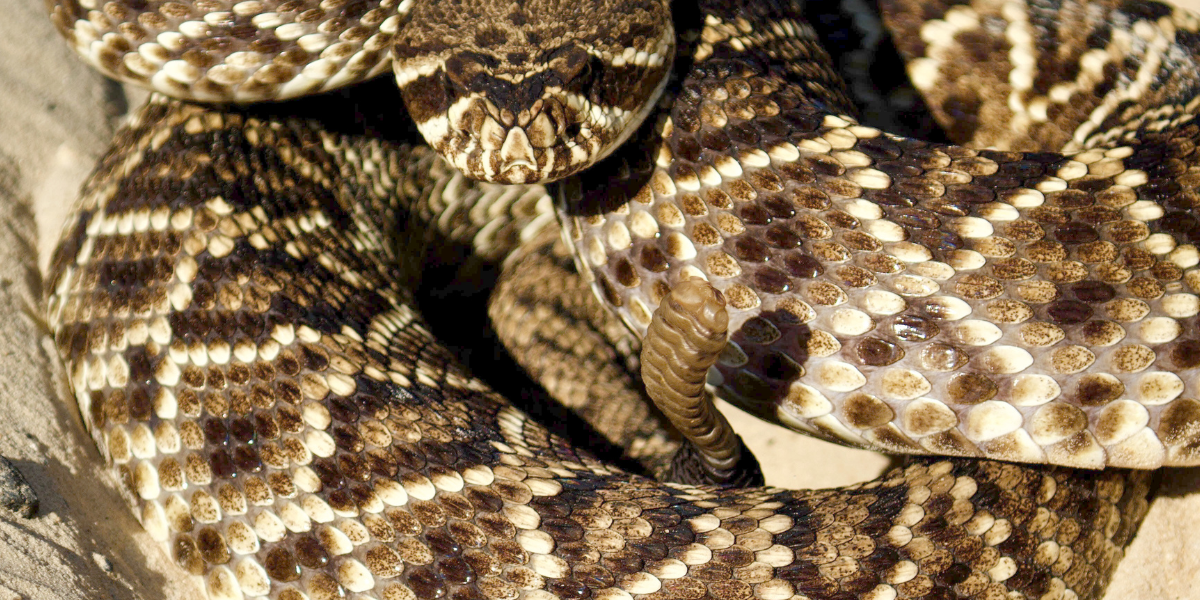Pit viper envenomation is a common emergency throughout a large portion of the United States. Pit vipers are snakes in the family Crotalinae and include rattlesnakes, copperheads, and cottonmouths. Envenomations may range from mild to severe. Dry bites—where no venom is injected—can occur, but are rare and happen in fewer than 15% of cases. This PowerPage will focus on the identification, diagnostics, and management of pit viper bites and will also discuss some common misconceptions and contraindications.
Key points
- The most common signs of envenomation by a pit viper include puncture wounds, swelling, bruising, bleeding, and pain.
- The only way to treat the signs and prevent further tissue damage is with administration of antivenom. Three different brands are currently approved in the US.
- Steroids, Benadryl, and antibiotics are not indicated in the acute phases of a snake bite. NSAIDs are contraindicated due to risk of bleeding, gastrointestinal ulcers, and kidney injury.
Pathophysiology
- Swelling is due to cytotoxins, hemotoxins, and myotoxins that cause tissue destruction. A common misconception is that swelling is due to histamine release; there is virtually no histamine release in response to pit viper venom. Some species of rattlesnakes have neurotoxic venom components.
- Severe cases can go into distributive and/or hypovolemic shock. Anaphylactic shock from snake bites is extremely rare from the bite itself.
- Hemotoxins can lead to coagulpathies and thrombocytopenia (ranging from mild to severe).
- Cytotoxins and myotoxins lead to tissue and cell destruction.
- Neurotoxins can lead to tremors, fasciculations, and mentation changes.
Clinical signs
- Swelling, bruising, bleeding, pain, erythema, hypotension, vomiting, diarrhea/hematochezia, and tissue necrosis in later stages.
Diagnostics
- CBC to monitor for anemia and thrombocytopenia.
- Chemistry panel if possible, to monitor for signs of organ injury.
- PT (Prothrobin time)/aPTT (activated Partial Thromboplastin Time) or Activated Clotting time (ACT).
- Blood film to check for echinocytosis, which is common in snake envenomations. This may be especially helpful if a snakebite was not observed or if it is not immediately apparent that an envenomation has occurred.
Treatment
- Antivenom is the only thing that can neutralize circulating venom.
- Sometimes one vial is needed, sometimes 20 vials are needed. This depends on the severity of the bite, the patient’s clinical and vital signs, as well as laboratory findings.
- In cases with more severe signs such as severe coagulopathy, bleeding, and hypotension, a loading dose of 4-6 vials may be indicated, followed by maintenance dosing.
- Fluid therapy will help correct hypovolemia/hypotension and dehydration. This will also help keep kidneys perfused as pigmenturia is common after hemolysis and rhabdomyolysis.
- Snake bites are extremely painful. Strong, but reversible opioids are recommended. In severe envenomations, these should be withheld until severe signs of hypotension or bleeding are controlled.
- In severe cases, blood products such as packed red blood cells, fresh whole blood, or fresh frozen plasma may be indicated.
- Oxygen therapy if dyspnea/hypoxemia is present.
- After a patient is discharged, pain medications such as tramadol, gabapentin, fentanyl patches, and acetaminophen with codeine (in dogs) is indicated.
- Wound care may be needed in cases of necrosis.
- Hypersensitivity reactions can happen, but are rare. Monitor closely for signs of collapse, vomiting, dyspnea, and acute hypotension during antivenom administration. Treat with epinephrine and diphenhydramine if this occurs.
Additional important information
- NSAIDs can lead to worsening coagulopathies as they are platelet inhibitors. NSAIDs can also lead to acute kidney injury in cases of hypotension or severe hemolysis or rhabdomyolysis. They should be avoided as well to prevent GI ulceration. Once coagulopathy and tissue destruction is controlled, NSAID’s can be carefully reintroduced. This is typically not for several days after the bite.
- Multiple studies show that glucocorticoids are of no benefit. In some snake bites, they may worsen the outcome and potentiate venom effects as well as immunosuppress. Additional considerations are that steroids can lead to GI ulceration. Therefore, they are not recommended in cases of envenomations.
- Diphenhydramine (Benadryl) is of no benefit. As stated above, the swelling seen in pit viper envenomations is not histamine mediated. It can also lead to altered mentation which could be dangerous in shocky patients.
- Antibiotics are not indicated unless signs of necrosis or infection are present. Snake venom kills most bacteria in the injection site, so infections are not an issue in the acute stage. If tissue necrosis occurs, antibiotics would be indicated at that time. An Elizabethan collar should be used to prevent licking and pawing at envenomations sites.

